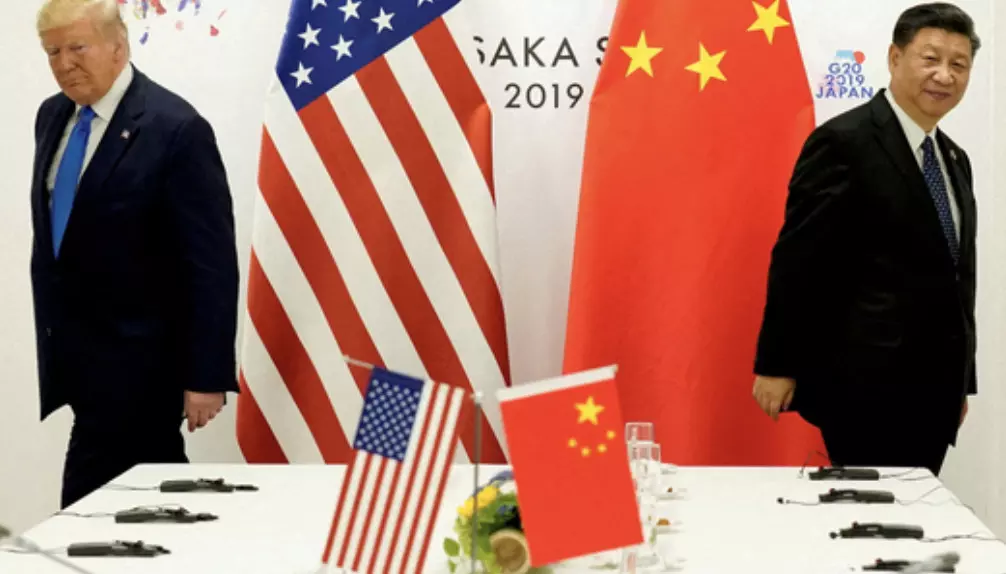China says it’s ready to ‘fight to the end’ as Trump’s tariffs escalate global trade tensions
China says it’s ready to ‘fight to the end’ as Trump’s tariffs escalate global trade tensions

The global trade war is heating up once again — and this time, China is digging in its heels.
As U.S. President Donald Trump prepares to slap more than 100% tariffs on Chinese goods starting Wednesday, China has fired back with a strong warning: it won’t be bullied. Calling the move “blackmail,” Beijing declared it’s ready to “fight to the end” if the U.S. refuses to back down.
Just a few weeks ago, there was still hope for dialogue. But now, that door seems to be closing fast.
“The U.S. side's threat to escalate tariffs is a mistake on top of a mistake,” said China’s commerce ministry in a sharp statement.
The aggressive tit-for-tat between the world’s two largest economies has already sent shockwaves through global markets, raising fears of a prolonged economic standoff.
Markets React to Growing Uncertainty
Since Trump’s April 2 tariff announcement, stock markets around the world have been on a rollercoaster. Although Japan’s Nikkei surged 6% and Chinese stocks saw a small rebound, the overall sentiment remains shaky.
In Europe, stock exchanges recovered slightly from 14-month lows. Meanwhile, U.S. futures also edged up — but after massive losses that wiped out trillions in market value.
“There’s a sense of mourning,” said Stephane Boujnah, CEO of Euronext, Europe’s major stock exchange. “The U.S. we once knew now feels more like an emerging market.”
Citi has already cut its 2025 growth forecast for China from 4.7% to 4.2%, citing rising risks from the trade war. Other financial heavyweights like Goldman Sachs, UBS, and Morgan Stanley are also warning of long-term disruptions.
Europe Considers Its Own Strike Back
While China is going head-to-head with the U.S., the European Union is walking a fine line — pushing back, but cautiously. EU Commission President Ursula von der Leyen recently spoke with China’s Premier Li Qiang, proposing a shared trade monitoring system to track how diverted Chinese exports might flood European markets.
The EU is also drafting its own 25% tariffs on American products like soybeans and sausages. At the same time, there are discussions of a potential “zero-for-zero” deal with the U.S. — removing tariffs altogether if both sides agree.
Xi Jinping Faces a Delicate Balancing Act
Back home, Chinese President Xi Jinping is under pressure to look strong internationally, while keeping the domestic economy afloat. China is still reeling from a real estate crisis and soft consumer demand, but Xi’s government is preparing stimulus measures to help local industries survive the impact of U.S. tariffs.
Rather than go all-in on retaliation, experts believe Beijing’s strategy is about applying pressure while keeping a door open for future negotiations.
“China isn’t trying to cause major damage, but it wants to show it won’t back down,” said Henry Gao, a trade expert at Singapore Management University.
At the same time, China is quietly reducing its dependence on the U.S. In 2017, 19% of its exports went to the U.S. — today, that number has dropped below 15%. Brazil has now overtaken the U.S. as a top soybean supplier to China.
Despite the tough talk, Beijing isn’t aiming for a complete split with the U.S. Analysts believe China is preparing for a long game — holding firm, but still leaving room for diplomacy.

